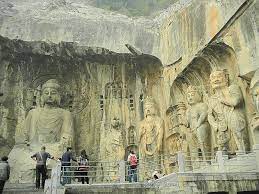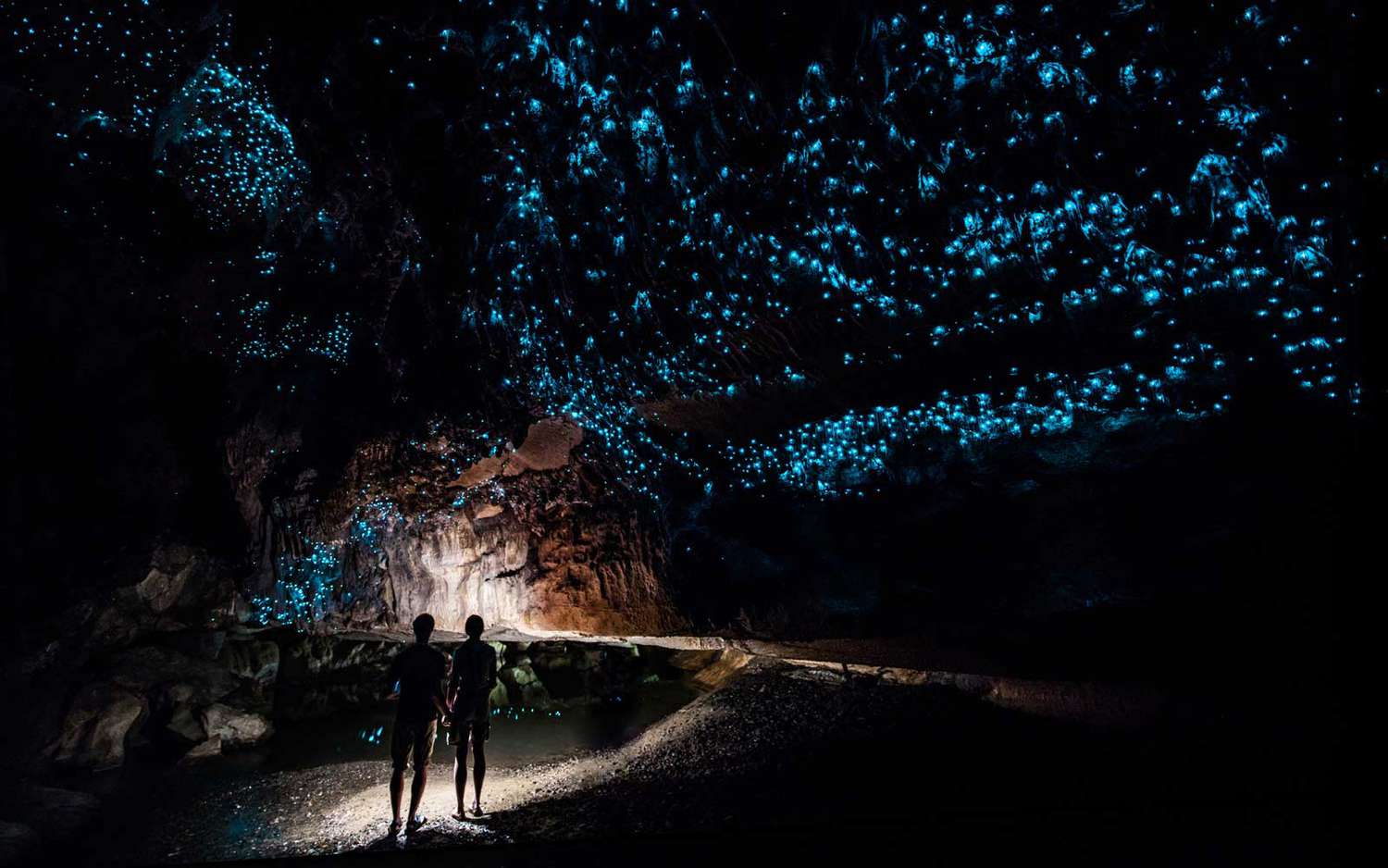Caves are more than just geological wonders; they are time capsules that preserve history, art, and natural beauty from thousands of years ago. Some caves hold traces of early human civilization, while others showcase breathtaking rock formations and underground ecosystems. Recognizing their cultural and natural significance, UNESCO has listed several caves as World Heritage Sites, ensuring their preservation for future generations. Let’s take a journey into some of the most beautiful UNESCO World Heritage caves in the world.
1. Ajanta Caves, India

Carved into a horseshoe-shaped cliff in Maharashtra, the Ajanta Caves are among the most celebrated examples of Buddhist art and architecture. Dating back to the 2nd century BCE, these rock-cut caves contain intricate murals, sculptures, and paintings that narrate the life of the Buddha. The caves served as monasteries and prayer halls for monks, blending spirituality with artistic excellence. The vibrant frescoes, depicting everything from celestial beings to daily life, remain a timeless testament to India’s cultural heritage.
2. Ellora Caves, India
Not far from Ajanta lies another marvel: the Ellora Caves, a complex of 34 rock-cut temples and monasteries. Unlike Ajanta, which is primarily Buddhist, Ellora celebrates religious harmony by featuring Buddhist, Hindu, and Jain monuments side by side. The crowning jewel is the Kailasa Temple, carved from a single rock and dedicated to Lord Shiva. Its sheer scale and intricate details make Ellora one of the most astonishing cave complexes in the world.
3. Altamira Cave, Spain
Known as the “Sistine Chapel of Prehistoric Art,” the Altamira Cave in northern Spain is famous for its Upper Paleolithic paintings. Created more than 14,000 years ago, the vivid depictions of bison, deer, and wild boars showcase the creativity of early humans. Though the original cave is closed to preserve its delicate artwork, a replica allows visitors to appreciate the mastery of prehistoric cave art while safeguarding the original.
4. Škocjan Caves, Slovenia
For lovers of natural wonders, the Škocjan Caves in Slovenia are an unforgettable sight. Recognized for their immense underground chambers and flowing rivers, these limestone caves form one of the largest subterranean canyons in the world. With dramatic stalactites, waterfalls, and unique karst formations, the Škocjan Caves are not only visually stunning but also vital for biodiversity. They offer a glimpse into the raw power of nature, sculpted over millions of years.
5. Chauvet-Pont d’Arc Cave, France
Discovered in 1994, the Chauvet Cave contains some of the oldest known cave paintings in the world, dating back over 30,000 years. Located in southern France, the cave walls are adorned with lifelike depictions of animals such as lions, rhinos, and mammoths—creatures that roamed Europe during the Ice Age. The artistry and perspective used in these drawings reveal the incredible imagination and skill of early humans. Like Altamira, Chauvet is closed to the public for preservation, but an exact replica allows visitors to admire its treasures.
6. Mogao Caves, China

Also called the “Caves of the Thousand Buddhas,” the Mogao Caves in Dunhuang, China, are a magnificent collection of Buddhist temples carved into cliffs along the Silk Road. Dating back to the 4th century, these caves contain thousands of murals, sculptures, and manuscripts that reflect centuries of cultural exchange between China, India, and Central Asia. The Mogao Caves are not just religious monuments but also a library of human history, art, and spirituality.
7. Phong Nha-Ke Bang National Park, Vietnam
Vietnam’s Phong Nha-Ke Bang is home to some of the largest and most spectacular caves on Earth, including Son Doong Cave, the largest known cave in the world. These caves feature massive chambers, underground rivers, and ecosystems so unique that they feel otherworldly. The area’s karst landscapes, formed over 400 million years, make it a paradise for explorers and nature lovers alike.
Final Thoughts
UNESCO World Heritage caves are extraordinary not only for their natural beauty but also for their cultural and historical importance. From the prehistoric art of Altamira and Chauvet to the spiritual monuments of Ajanta, Ellora, and Mogao, these caves represent milestones in human creativity and devotion. Meanwhile, natural wonders like Škocjan and Phong Nha remind us of Earth’s geological brilliance.
Exploring these caves—whether in person or through replicas—offers a journey into humanity’s past and nature’s enduring wonders. They stand as reminders that beneath the surface of our world lies a treasure trove of stories waiting to be discovered.






